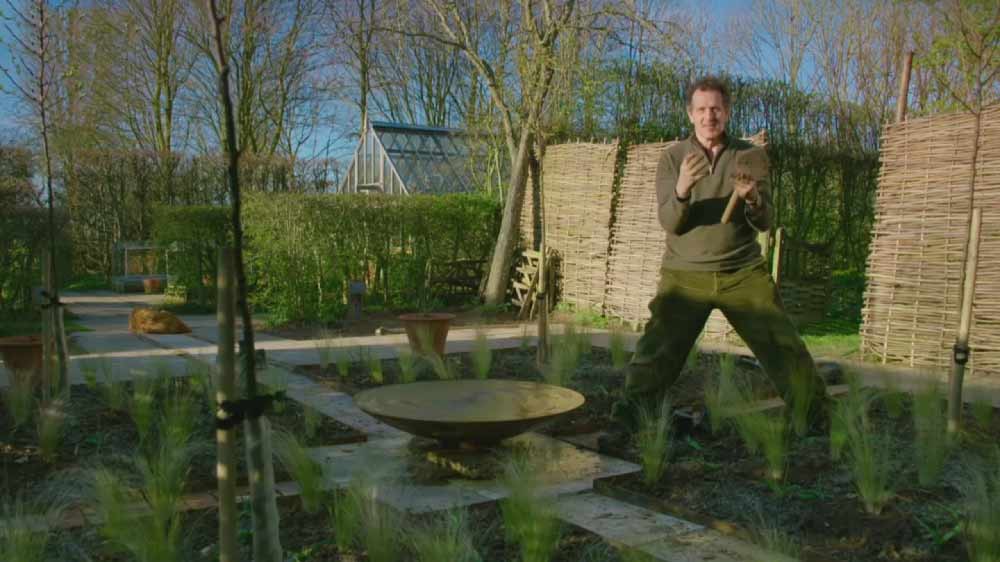Gardeners World episode 24 2019: Monty Don has plenty of inspiration for gardeners from planting for late summer colour to tidying up herbs and pruning soft fruit.
Nick Bailey concludes his journey into the clematis world by looking at the late summer flowering varieties, and we travel to Devon to meet a retired biology teacher with a passion for house leeks.
Gardeners World episode 24 2019
Growing herbs
A continuous medley of aromatic, fresh herbs are easy to grow and harvest, adding vibrant flavours and texture to any meal. All of the commonly used culinary herbs can easily be grown in traditional herb or vegetable gardens, raised beds, containers or the mixed border.
Propagating herbs
For flavour and freshness home-grown herbs are unbeatable. Sowing and harvesting herbs such as coriander, chervil dill, parsley and basil regularly, adds freshness and vibrancy to your cooking and cuts food miles to zero. Propagating your own herbs is a satisfying way of avoiding the high prices of supermarket bunched or container-grown herbs.
Growing mint
Mint is a perennial herb grown for its leaves. They are wonderful infused in hot water to make a refreshing tea, chopped and added to many dishes, or used to make mint sauce (a classic addition to roast lamb).
There are many different varieties of mint to choose from with leaves that smell completely different. Not all are good for culinary use, so choose what you grow carefully.
Give plants plenty of water, especially during hot, dry weather. When plants have finished flowering in summer, cut flowered shoots back to 5cm (2in) above the surface of the compost. Avoid growing different varieties of mint close together, whether in pots or the ground, as they can lose their individual scent and flavour. When growing in pots, rejuvenate congested clumps by upturning the container, removing the rootball and splitting it in half. Repot a portion in the same container using fresh compost.
Planting perennials
Planting perennials is relatively straight forward. Prepare the soil, dig a hole and set in the roots, watering well afterwards. However, here we provide information about planting bareroot and container grown plants, as well as spacing.
Perennials are planted in beds and borders. These are often mixed borders, where they are grown with trees, shrubs and bulbs. However, herbaceous perennials (that die down in the winter) were traditionally grown on their own in an herbaceous border.
Bolting in vegetables
Bolting is the term applied to vegetable crops when they prematurely run to seed, usually making them unusable. A cold spell or changes in day length initiates this behaviour. It can affect a wide range of vegetables including lettuce, spinach and fennel.




